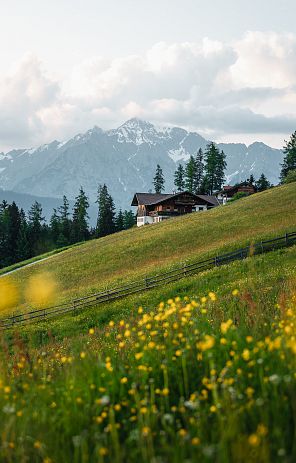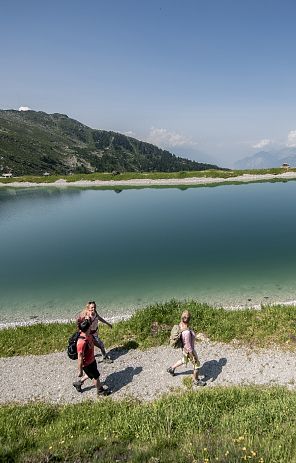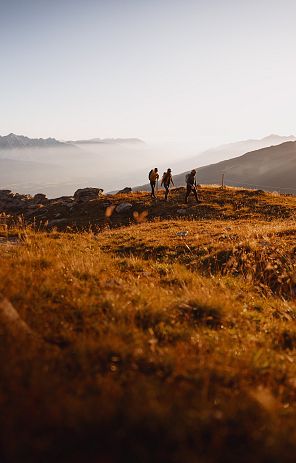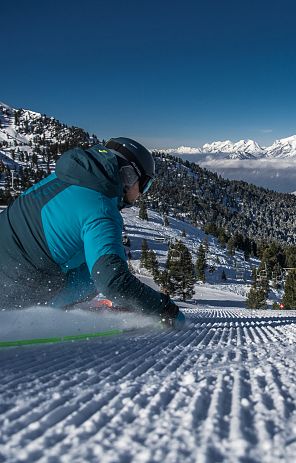Gallery St. Barbara. music+
Galerie St. Barbara is one of Austria's best-known cultural institutions. The picture gallery was founded in 1968 by a group of young friends, with Gerhard and Maria Crepaz taking charge of the musical program. After four years, the picture gallery became a music gallery, managed by Gerhard and Maria Crepaz, which concentrated on different art forms. From the very beginning, events of early and new music, theater, contemporary dance, literature and performance with a special focus on music were promoted and communicated.
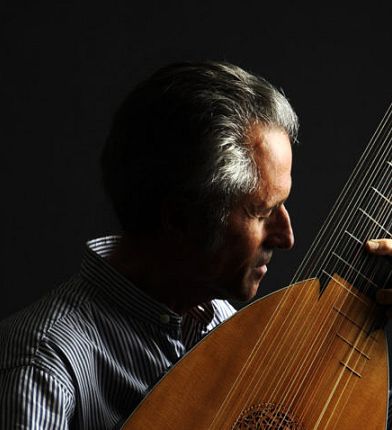
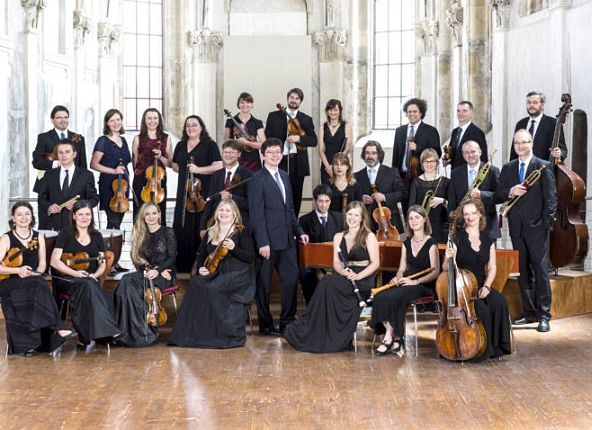
Famous artists in Tyrol
This included (and still includes) a certain pioneering spirit: In Austria - Tyrol in particular - in the 70s and 80s, contemporary music played a subordinate role. Artists from all over the world were invited to perform in Tyrol - quite a few of them are internationally renowned today and made their Austrian debut in Hall. Musicians, dancers and others pass on their knowledge to interested parties in workshops, such as the unforgettable workshops with Hopkinson Smith, Jordi Savall, Montserrat Figuereas, Györgi Ligeti and the Dagar brothers. The Kronos Quartet, the Alban Berg Quartet, Le Poème Harmonique and György Ligeti came to Hall again and again and some of them became dear friends. For example, John Cage's last concert took place in Hall a few weeks before his death in 1992.
The Galerie St. Barbara over the course of time
The St. Barbara Gallery over the course of time
In 1989, "Musik der Religionen", later "Osterfestival Tirol", was founded in response to the rise of religious fundamentalism. The Tirol Easter Festival takes place annually for three weeks in Innsbruck, Hall and the surrounding area with concerts, dance and film screenings, readings, performances and workshops. In addition to internationally renowned artists, young musicians, some of them from Tyrol, are also supported. Intellectual and cultural exchange and the promotion of tolerance and respect are important. The annually changing themes deal with different cultural circles. Since 2009, the festival has always taken place under a cross-cultural motto, e.g. JETZT I end.lich (time), Macht.frei I leben (mass and power), massiv.ich (egoism) and many more.
In 2004, Galerie St. Barbara launched the musik+ event series, which focuses on the diversity of culture, especially music, in combination with other art forms. For example, the close connection between music and text, dance and contemporary music or non-European art forms can be experienced in one evening.
The promotion of forward-looking talents through engagements, the awarding of composition commissions, the distribution and production of recordings and the provision of scholarships are close to the heart of Galerie St. Barbara and enable many a start into a successful future - currently, for example, the promising young pianist Michael Schöch from Mils is cooperating with musik+, in the course of which he is performing all of Beethoven's piano sonatas in a four-year cycle. Young musicians are also given space in the form of pre-concerts, children's concerts, competitions, etc. are given space.
ORGAN PLAY and ORGAN Festival
Several times a year, Galerie St. Barbara organizes short organ concerts with free admission - the so-called ORGELSPIEL - and every two years the ORGELfest, a new long-term project that meets the needs of the Hall region and attempts to realize existing potential and hopes: The ORGELfest, held for the first time in 2012, aims to showcase the special quality of internationally renowned musicians working in Hall and the surrounding area in their home region: Michael Schöch (ARD prizewinner 2011), Hannes Christian Hadwiger (director of St. Nicholas Church Music in Hall, 2000 performance of the complete works of J.S. Bach, 2008 of Olivier Messiaen) and Michael König (concerts also in the USA and Africa). The ORGAN Festival takes place annually around the time of the anniversary of J.S. Bach's death (28.7.1750) until the feast of St. Ignatius of Loyola (31.7.1556). The focus is on Bach's music and its influence up to the present day. The smaller organs of the region will also be played according to their character. Organ studios for the curious (including children), short readings of sometimes bizarre texts in which the organ becomes the perpetrator, two large-scale organ walks - but also liturgical organ playing in vespers and church services and, last but not least, the singing of the still lively chorales of Luther's time (the target of J.S. Bach's artistic preludes) - bring the program to life and ensure that the organ and its diverse music find numerous enthusiastic listeners in this country too.
